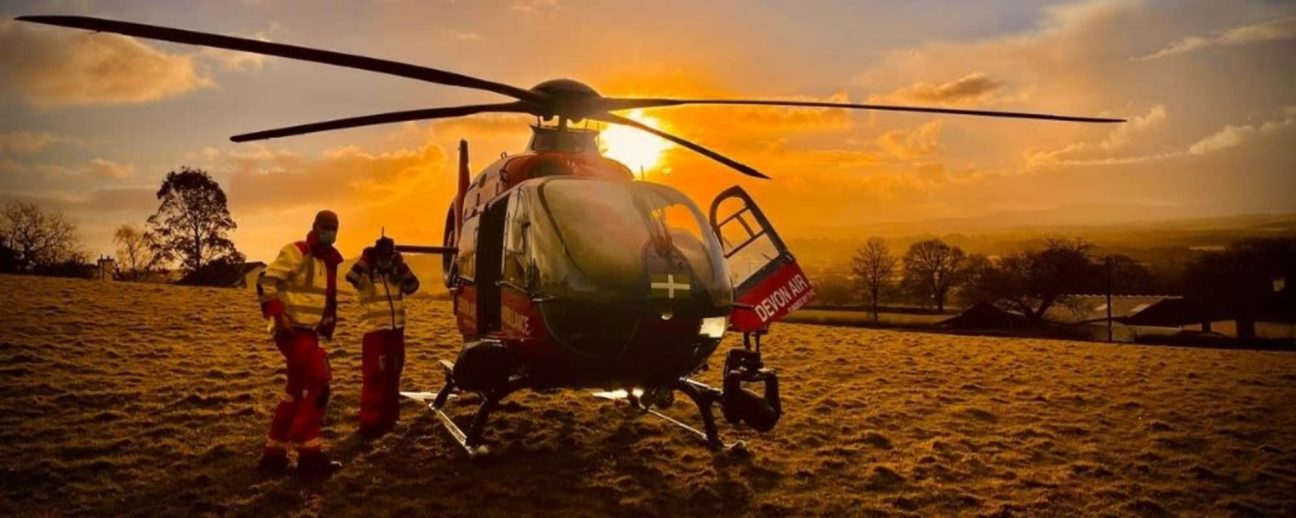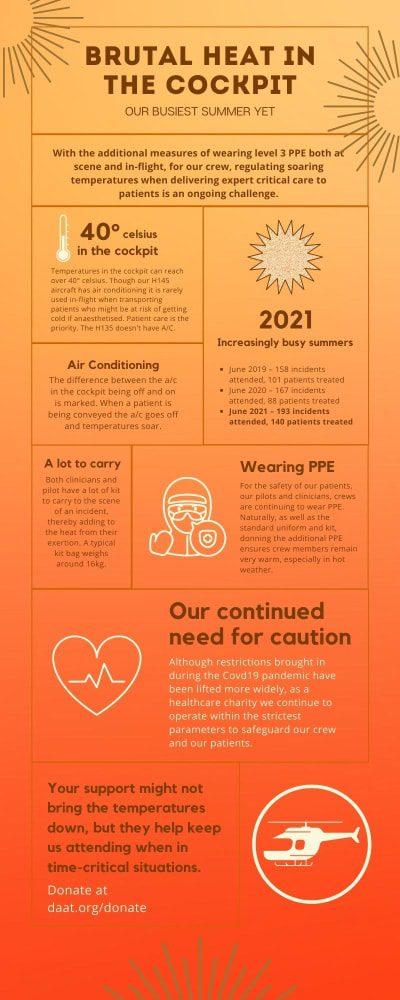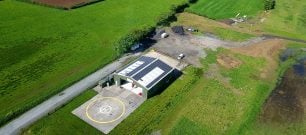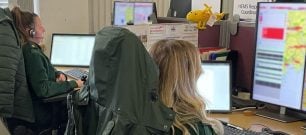
The heat of the summer months coupled with wearing level 3 PPE provides an additional challenge for our crews, who are already facing the busiest summer yet in 2021.
With the country’s Covid restrictions lifted and with many more people out and about keen to enjoy the outdoors and associated activities, summer 2021 has been the busiest summer yet for the service.
As the summer goes on, the trend for increased call outs for our crews continues.
- June 2019 – 158 incidents attended, 101 patients treated
- June 2020 – 167 incidents attended, 88 patients treated
- June 2021 – 193 incidents attended, 140 patients treated
But escalating busyness is not the only challenge facing our crews.
Brutal heat
In a typical year, the temperatures in the summer are already a lot for pilots and critical care teams to contend with. Their thick, red flight suits are specifically designed to be fire retardent and anti-static, and although the fabric is designed to help regulate body temperature, their physically active work leaves them feeling incredibly warm, particularly when the heat in the aircraft can reach upwards of 40 degrees celsius.
In addition to their flight suit is the current need to wear another layer – level 3 PPE (Personal Protective Equipment), both at scene and in-flight which means that our crews are operating in very physically challenging conditions, as Specialist Paramedic in Critical Care, Jess, describes:
It is like we have jumped in the ocean fully clothed – we are often sodden in sweat. Even my debit card melted out of shape in my flight suit during a run of recent missions!“
PPE is designed to protect against moisture droplets, therefore it is not breathable. Specialist paramedic in Critical Care, Alex, describes wearing it as being like working in a plastic bag in which sweat cannot evaporate.
As evaporation is one of the body’s ways of cooling us down, this can have an effect on our own temperature control. Not only does this mean that we get very hot, but we also get dehydrated quicker so it is vital that the crew try to remain hydrated whenever we can, this can be challenging, especially when we are responding to incidents in quick succession but we do carry bottled water on board the aircraft.”
Upon landing, crew members each carry a 16kg bag of medical kit plus other specialist equipment, like the LUCAs chest compression device and/or ventilators to the scene, which is sometimes a distance from the helicopter landing site. In sweltering heat this is quite the workout, but absolutely essential as these life-saving bags contain everything required to perform vital pre-hospital interventions should they be necessary.
Air conditioning
Having air conditioning in the H145 aircraft (though not the 135) helps to mitigate the ‘greenhouse effect’ of the aircraft interior environment, however it is rare that the air conditioning can be used in-flight when transporting patients. This is often because patients may have been anaesthetised and therefore risk becoming cold, which is a further risk to their health and recovery.
A great deal of resilience is required among teams and Alex describes how team members assist colleagues in combatting the heat by preparing cold drinks for them when the aircraft arrives back on base.
We are also grateful for the cool air conditioned office space when we get back to base, however, we often have kit to restock and this means that during busy periods, this is prioritised over seeking respite in an air-conditioned room.”
Safety first
Although restrictions are being lifted in many other non-medical contexts, for the safety of our patients, our clinicians are continuing to wear PPE. Naturally, as well as the standard uniform and kit, donning the additional PPE ensures crew members remain very warm, especially in hot weather.
As a healthcare charity we continue to operate within the strictest parameters to safeguard our crew and our patients. Despite the heat and challenges of working in PPE, crews now have lots of experience in operating in these conditions since the start of the COVID-19 Pandemic, so patients can feel confident they will still receive the highest levels of care during what is likely to continue to be a very challenging summer.
Your support might not bring the temperatures down, but it does help to keep our crews bringing specialist clinical care to patients in time-critical situations. We welcome your donations during our busiest summer yet.




